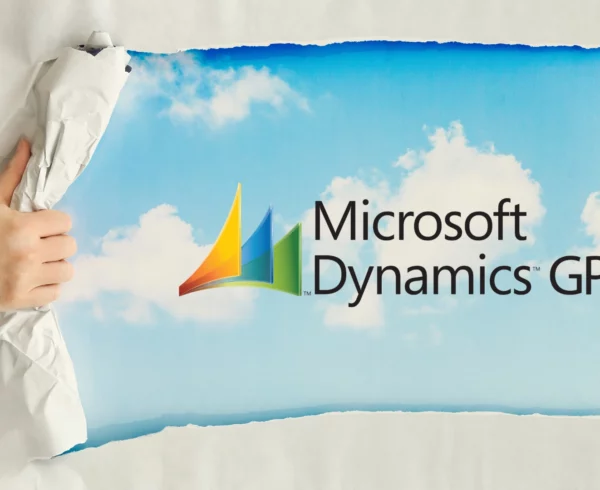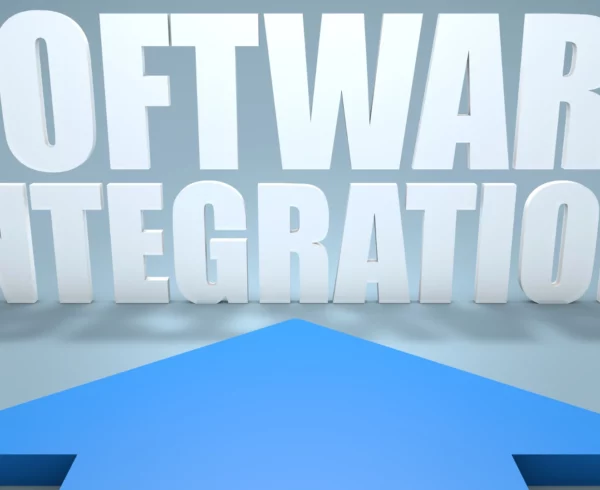
With business technology continuously evolving, staying up to date with the latest versions of your software is crucial to maintain efficiency and competitiveness. Microsoft Dynamics GP, a powerful enterprise resource planning (ERP) solution, is no exception. However, understanding the upgrade paths within the Dynamics GP ecosystem can sometimes be complex. Below is a comprehensive guide to navigating Microsoft Dynamics GP upgrade paths.
Why is Upgrading Important?
Before delving into the upgrade paths, it’s important to understand why upgrading your Microsoft Dynamics GP model is essential. Upgrades offer the following key benefits:
- New Features and Functionality: Each new version of Dynamics GP brings many new features, functionalities, and enhancements that can significantly improve business processes. These could range from improved reporting capabilities to enhanced integration with other Microsoft tools.
- Security Updates: As technology advances, so do security threats. Upgrading Dynamics GP ensures that your ERP system is reinforced with the latest security patches and measures, protecting sensitive business data from potential breaches.
- Performance Enhancements: Software developers identify and address performance bottlenecks in previous versions over time. Upgrading can improve system speed, responsiveness, and overall user experience.
- Compliance and Support: Staying on a supported version of Dynamics GP is necessary for compliance with industry regulations. Also, being on a supported version ensures access to Microsoft’s technical support and updates, saving your business from potential downtime and productivity loss.
How to Navigate the Upgrade Paths
Microsoft Dynamics GP offers several upgrade paths, each catering to different scenarios and business needs. Understanding these paths will help you make informed decisions about the upgrade process.
- Version-to-Version Upgrades: This is the most common upgrade path. It involves moving from one specific version of Dynamics GP to a newer version, for example, upgrading from Dynamics GP 2015 to GP18.#. Microsoft typically supports upgrading from the three most recent versions. While this path offers direct access to the latest features, it may require more preparation and testing.
- Service Pack and Patch Updates: Between major version releases, Microsoft frequently releases service packs and patches that address bugs, security vulnerabilities, and performance issues. Applying these updates is critical for keeping your current version of Dynamics GP optimized and secure.
- Database and Platform Upgrades: Sometimes, upgrading Dynamics GP may also involve upgrading the underlying technologies, such as the database or operating system. These upgrades ensure compatibility and optimal performance. However, they can be more complex and require careful planning.
- Data Migration and Testing: Regardless of your upgrade path, data migration and testing are critical steps. Your existing data needs to be migrated to the new version, and thorough testing is necessary to identify and resolve any issues before going live.
- Server Migration: This is the best time to look at moving your existing environment to a new server or to a hosted provider like Azure or AWS. This decision will need to be coordinated with IT but is often something we want to discuss with our clients.
What are the Best Practices for a Successful Upgrade?
Elevating your Dynamics GP version requires a strategic approach, and here are the essential best practices that lead the way:
1. Plan Ahead: Careful planning is key to a smooth upgrade. Define your business requirements, assess the impact of the new version, and allocate resources accordingly.
2. Backup Data: Before performing any upgrade, always back up your data to prevent data loss in case of unforeseen issues during the upgrade process.
3. Engage Expertise: Involving professionals like the BHC Group, experienced in Dynamics GP upgrades, can significantly reduce the risk of complications and downtime.
4. Test Thoroughly: Testing the upgraded system in a controlled environment is crucial. Identify and address any issues before making the upgraded system live.
5. Communicate Internally: Inform your team about the impending upgrade and provide training if necessary. Familiarity with the new features and changes will help users adapt quickly.
6. Consider Customizations: If your organization has customized Dynamics GP to meet specific business needs, evaluate how these customizations will work in the new version. Some adjustments may be required.
7. Monitor Post-Upgrade: After the upgrade, closely monitor the system’s performance and address any issues that may arise promptly.
Depending on the current environment, customizations, integrations, complex reporting, our clients might want to consider a trail upgrade. This will ensure the upgrade is successful and there is time to upgrade custom code, reconnect integrations and testing the reporting. This also gives the end users time to train and get familiar with the new version and when the ready, a production environment upgrade can occur.
When considering upgrading your version of Microsoft Dynamics GP, BHC Group is here to support you. Whether you’re making the leap to a new version or fine-tuning your existing setup with patches, understanding upgrade paths and best practices is key.
Strategic planning and BHC Group’s expertise will ensure your Dynamics GP upgrade journey is efficient and disruptions are minimal. It isn’t just about software – it’s a calculated move that fuels your business’s growth and success in the ever-changing market.
With BHC Group, your Dynamics GP upgrade venture is in capable hands.





